
The majority of the migrants who wound up in the refugee centers of Tijuana used to come from South and Central American countries – from Guatemala to Colombia and Nicaragua. But in recent months, that’s changed. Thousands of Haitian migrants are crowding the centers, hoping to cross the border into the U.S.
Most of them have come via Brazil, embarking on the same long and arduous journey that has been a mainstay of cross-American immigration for decades. Following the 7.0-magnitude earthquake that destroyed swaths of their island in 2010, thousands of Haitians had found refuge in Brazil, benefiting from a growing economy in the years leading to the 2014 Soccer World Cup and 2016 Olympic Games. They worked on construction sites across Rio de Janeiro — building new stadiums, new transportation systems, new condominiums. Now, with the limelight gone, the jobs have disappeared.
That’s when the U.S. threw Haitians a lifeline. Following Hurricane Matthews, which killed more than 500 people and left 1.4 million homeless in Haiti in October, President Obama’s administration announced it would stop deporting Haitians. When the news spread, thousands crossed the Amazon into Peru, going on to cross Ecuador, Colombia, Panama, Costa Rica, Nicaragua, Guatemala and the whole of Mexico, ending in Tijuana. There, they either wait for an asylum appointment with the U.S. Customs and Border Protection agency or attempt to cross the border on their own.
“When there are no more jobs, they go somewhere else,” says Magnum photographer Jerome Sessini, who spent eight days in January in Tijuana. “It’s always the same, the exploitation of labor. It knows no color, no nationalities.”

Now, tens of thousands of Haitians wait for, they hope, a chance at a better life in the U.S. In one church near the border, more than 400 Haitians have found refuge. “They are well taken care off there,” Sessini tells TIME. “But you see the same things as anywhere else around the world: hundreds of refugees sleeping on the floor in crowded rooms.”
In recent months, the U.S. has slowly admitted some women and children, says Sessini, but as a whole their future remains uncertain. With a new administration in power, most fear the door will close on them, forcing them to take to the road. Yet again.
Jerome Sessini is a photojournalist represented by Magnum Photos.
Olivier Laurent is the editor of TIME LightBox. Follow him on Twitter and Instagram @olivierclaurent
Follow TIME LightBox on Facebook, Twitter and Instagram.


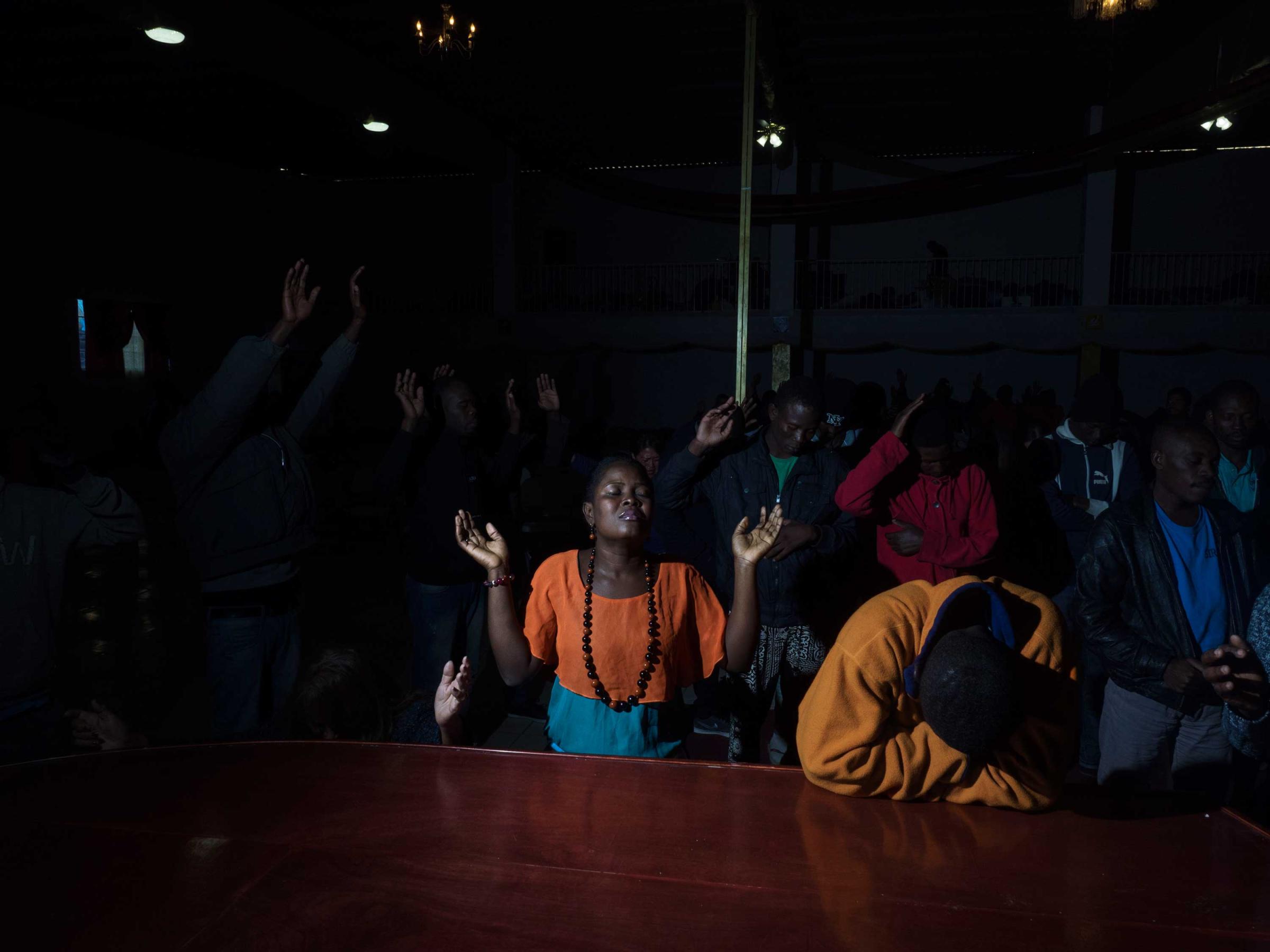
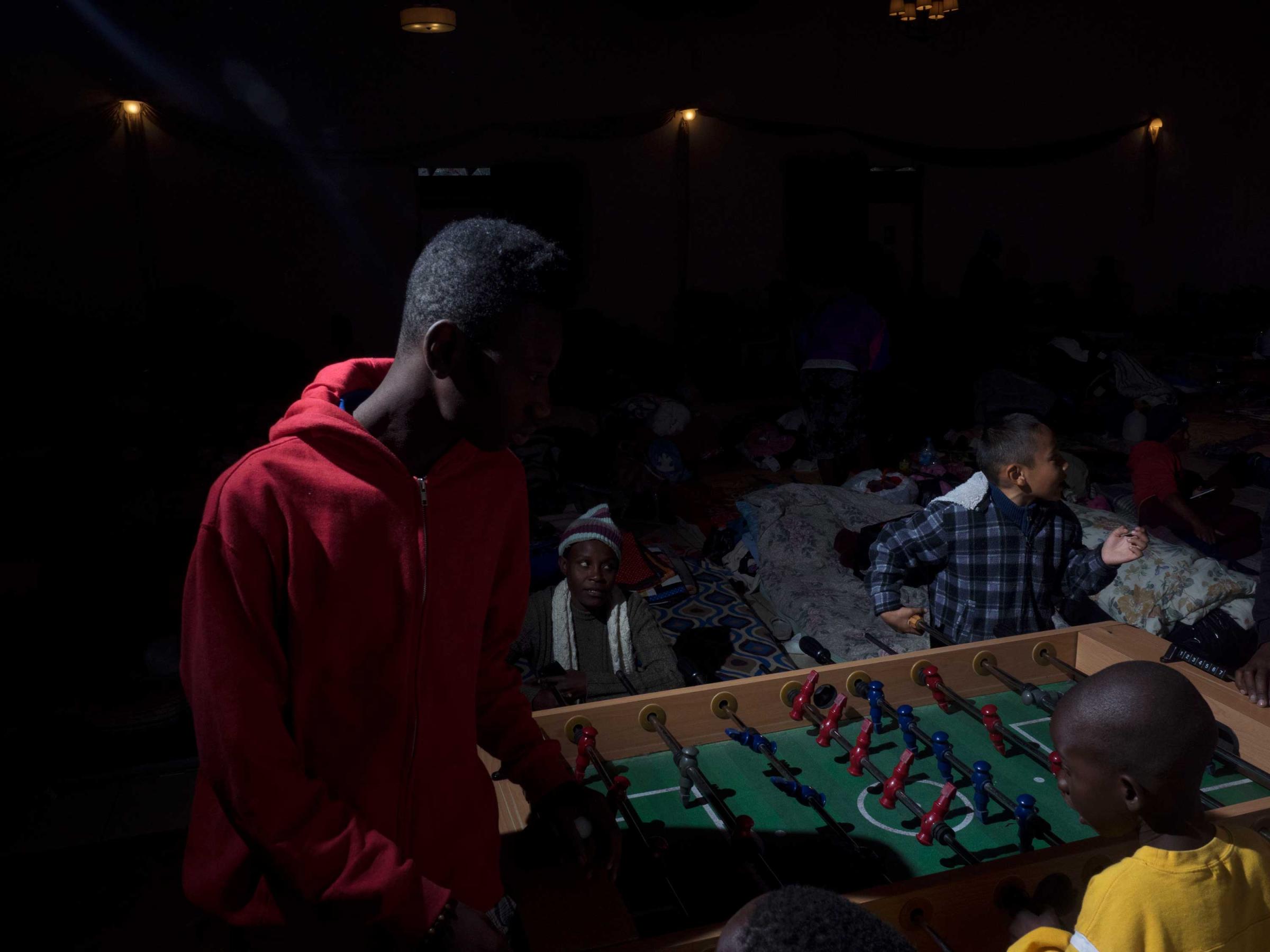

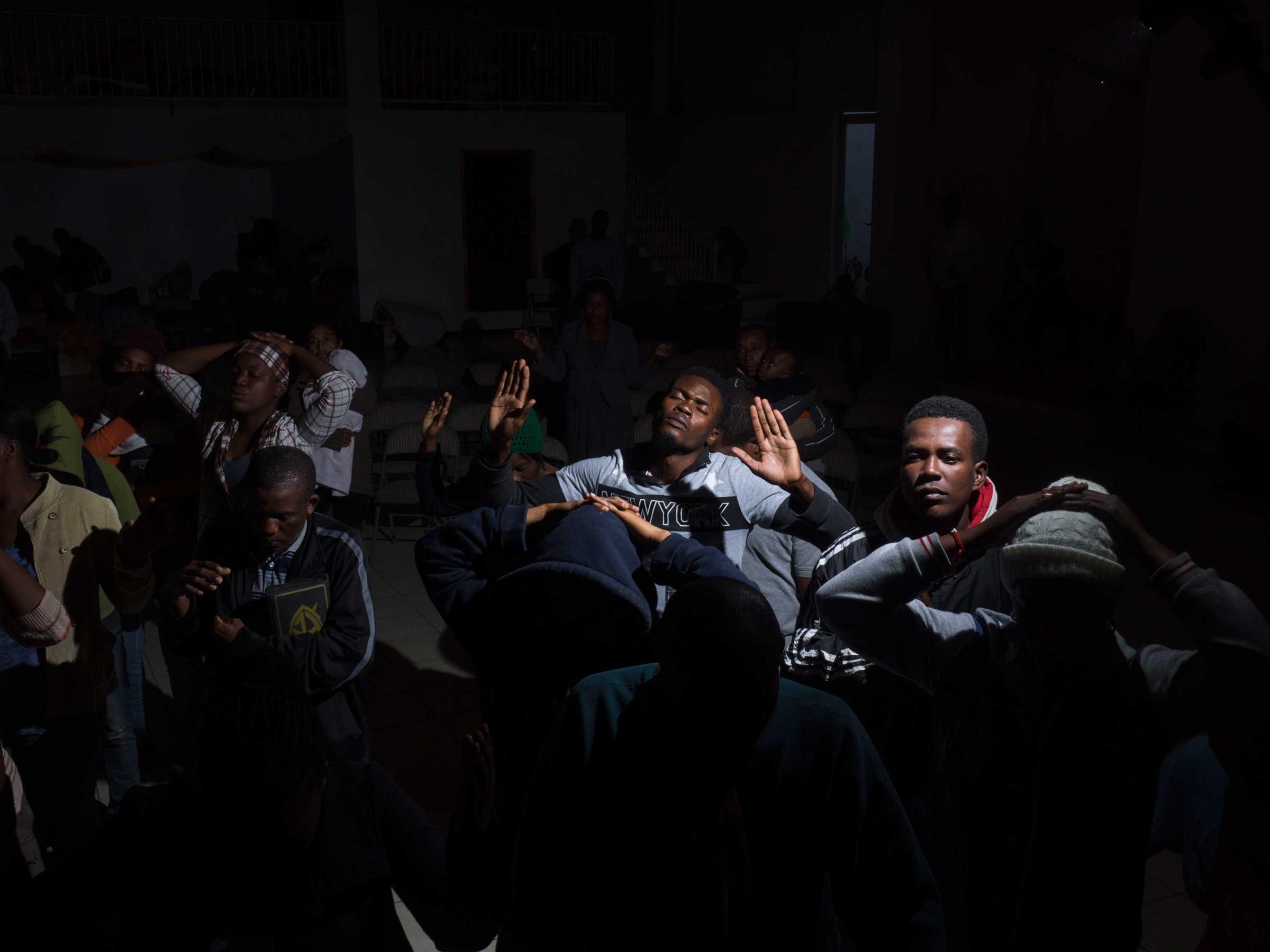
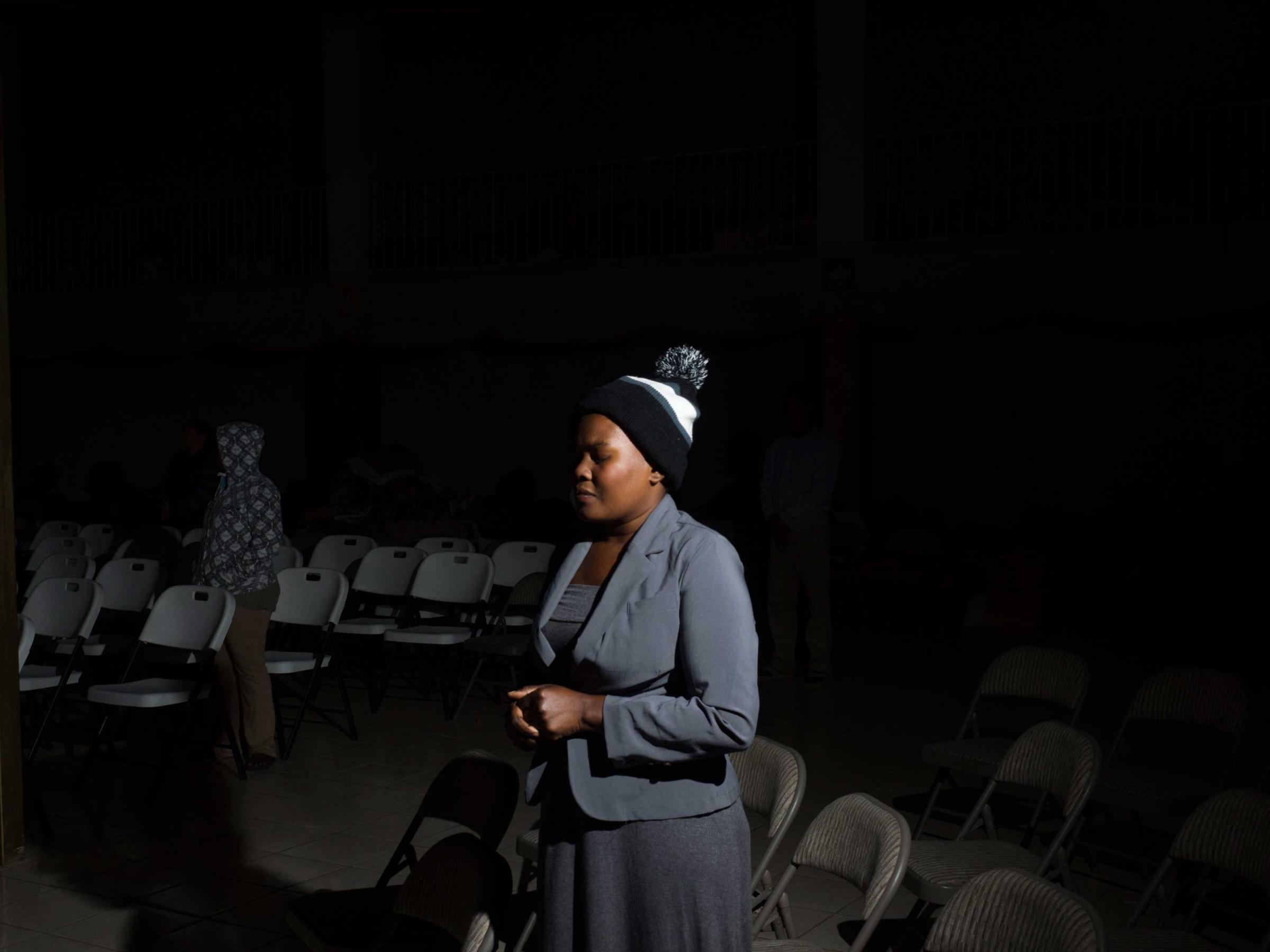
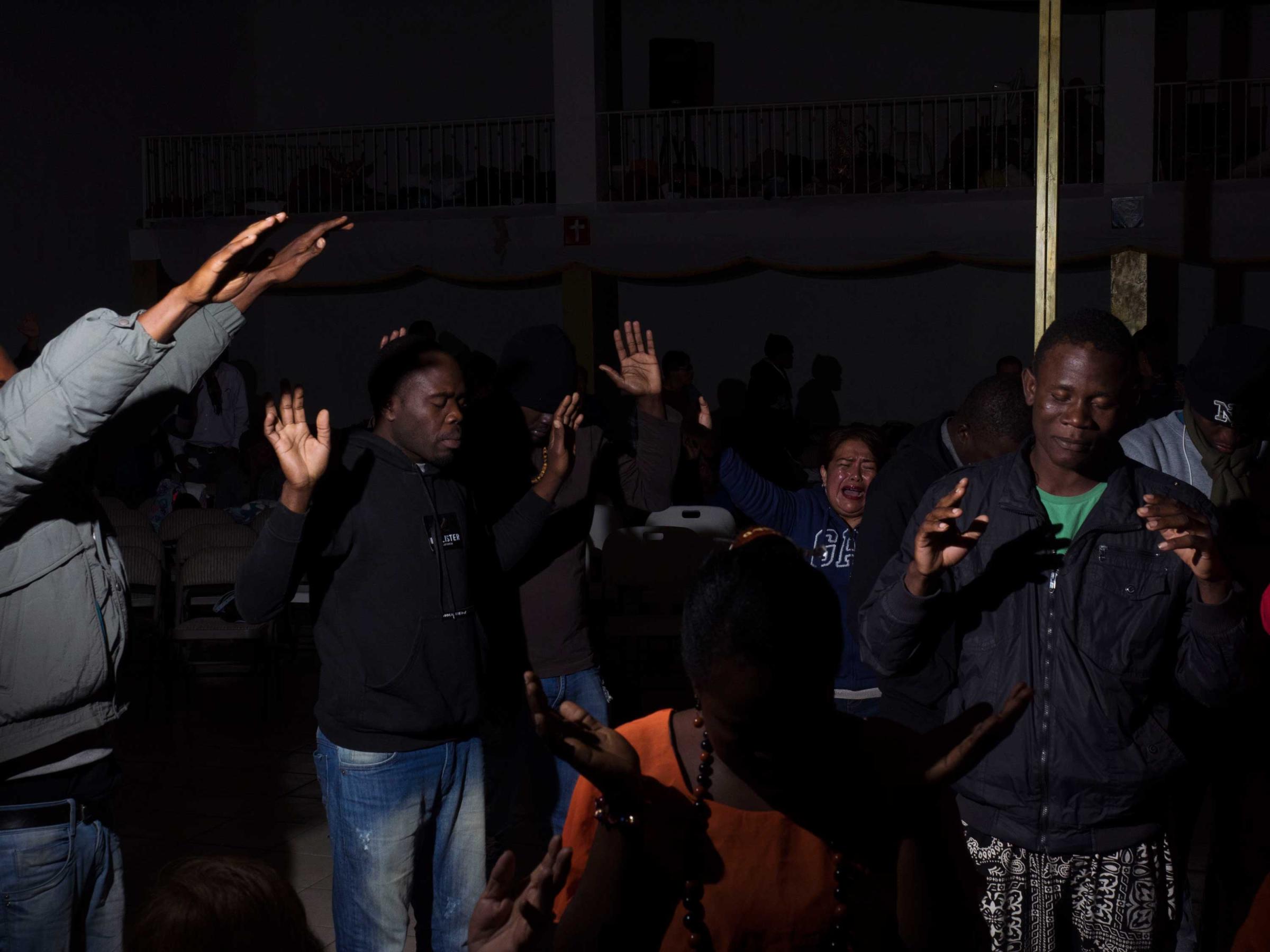
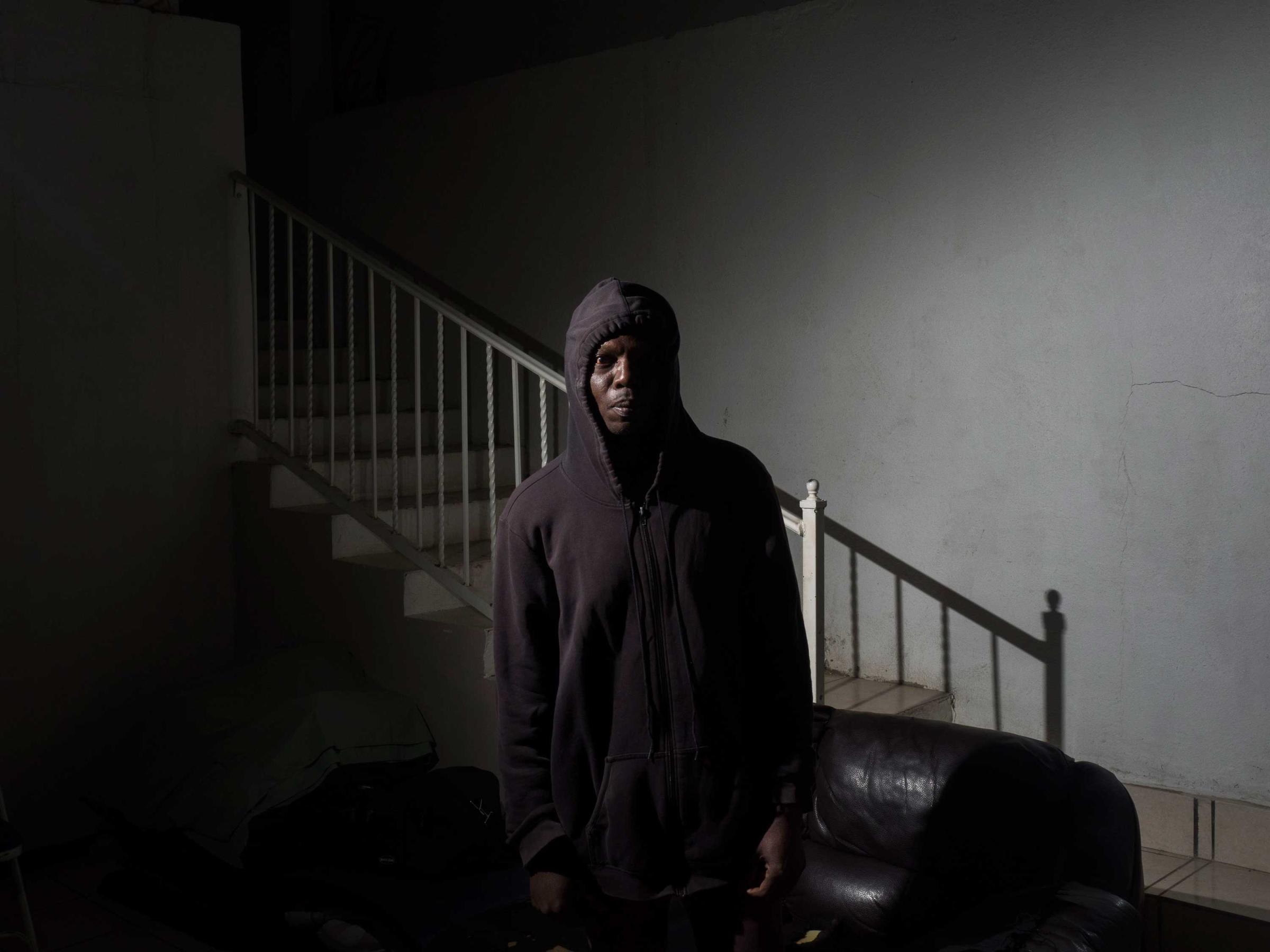

More Must-Reads from TIME
- Donald Trump Is TIME's 2024 Person of the Year
- Why We Chose Trump as Person of the Year
- Is Intermittent Fasting Good or Bad for You?
- The 100 Must-Read Books of 2024
- The 20 Best Christmas TV Episodes
- Column: If Optimism Feels Ridiculous Now, Try Hope
- The Future of Climate Action Is Trade Policy
- Merle Bombardieri Is Helping People Make the Baby Decision
Contact us at letters@time.com